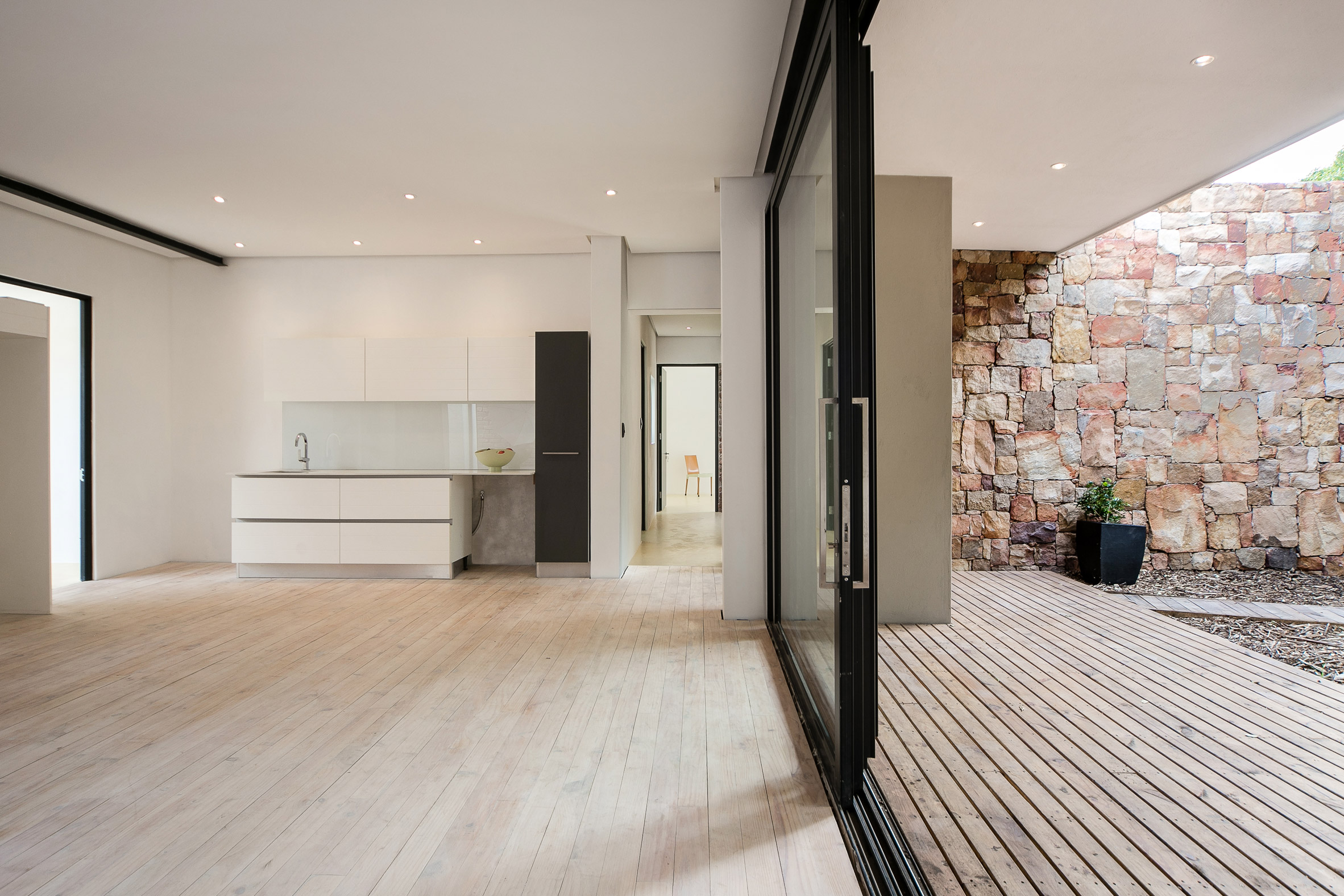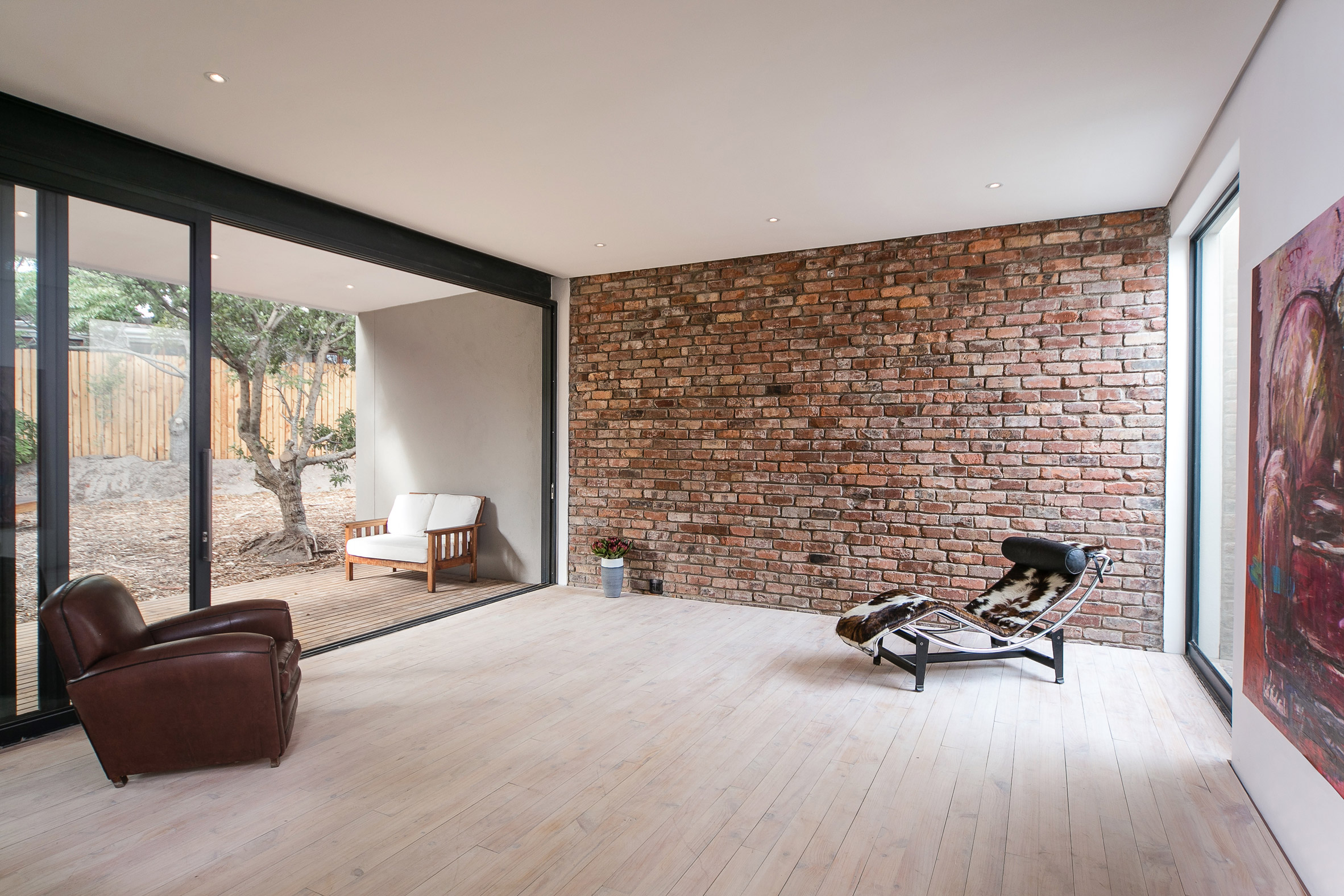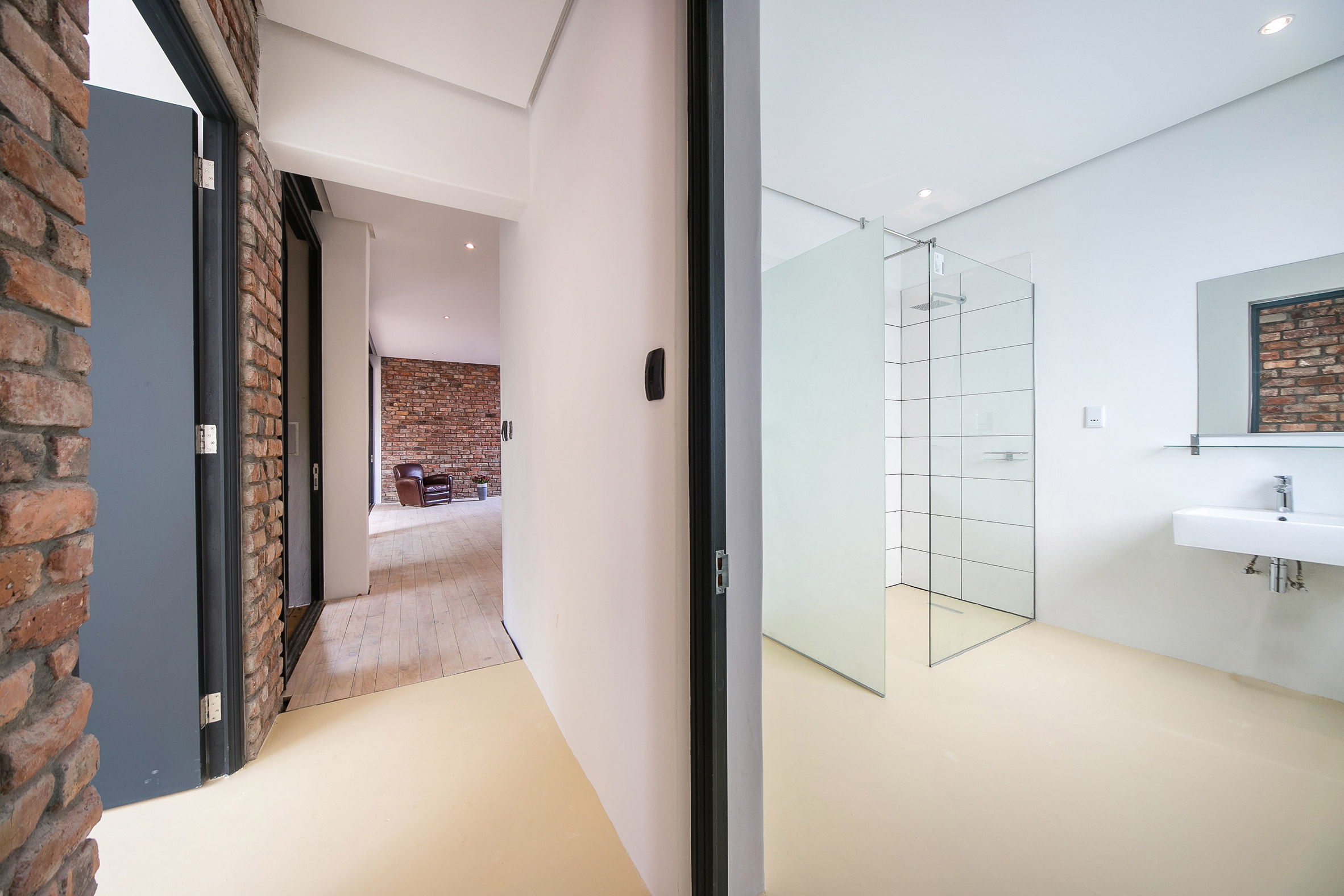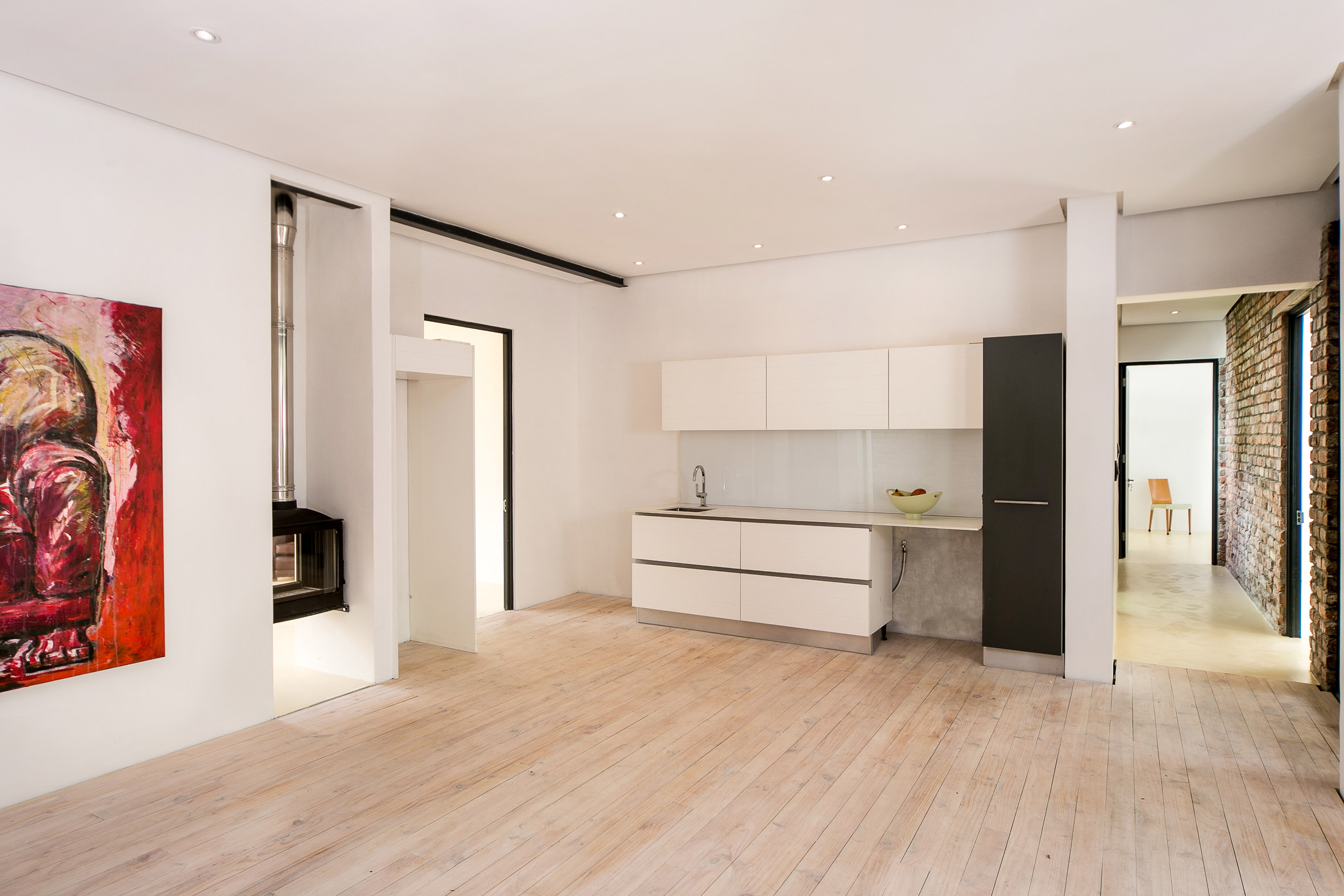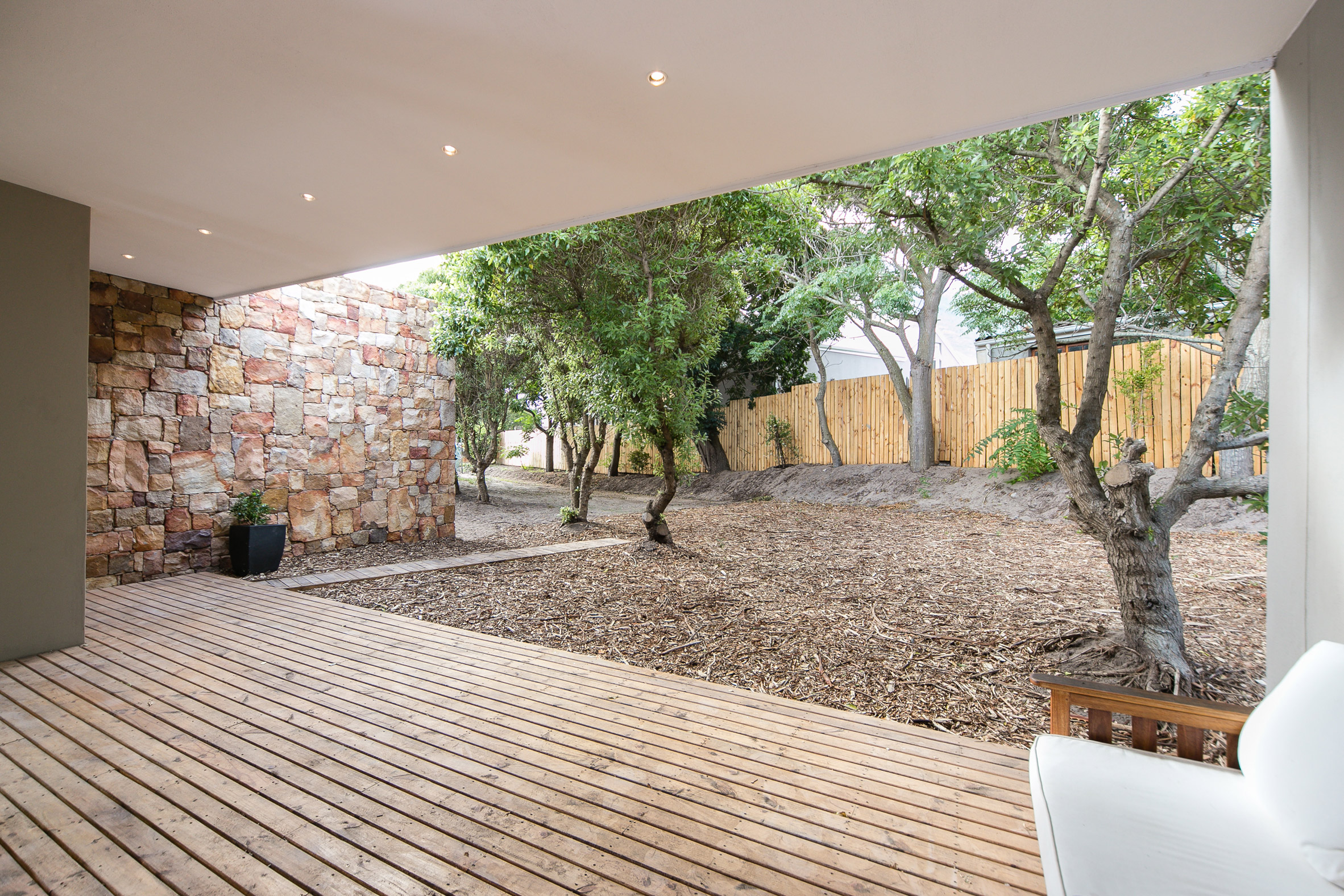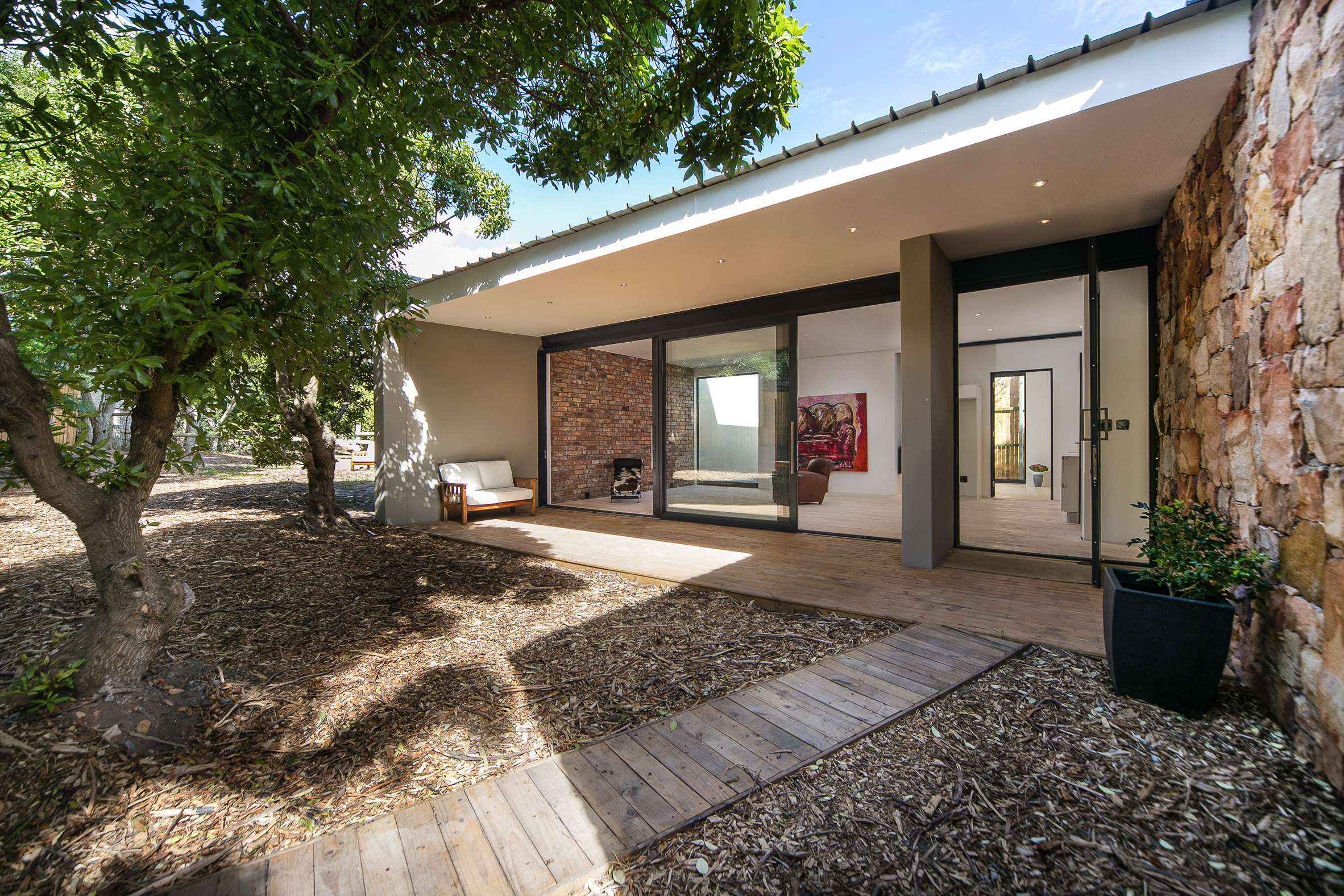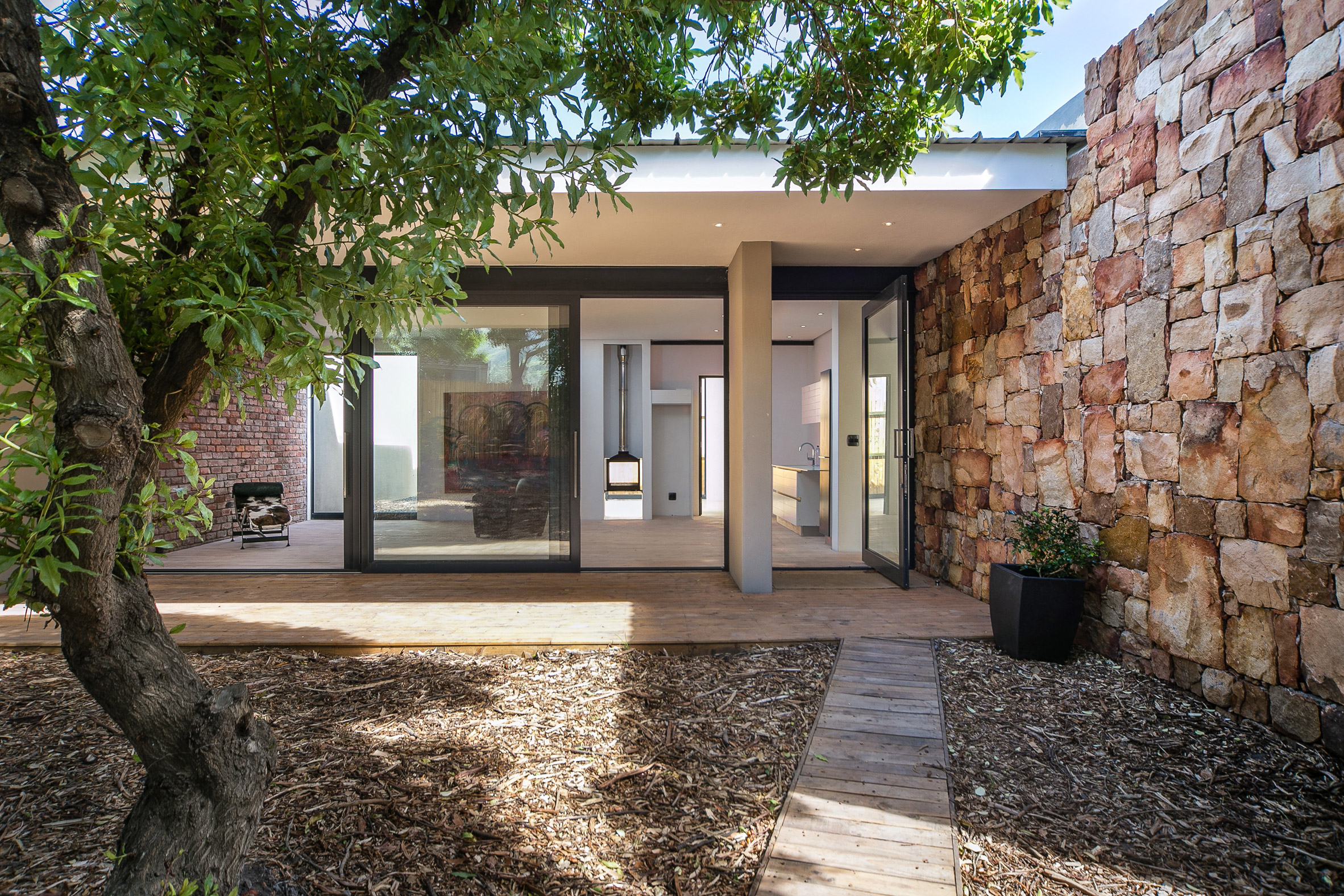Hoptoad's house was started in 2013 by businessman Sven ten Bokkel Huinink, who was looking to build a second property on his small estate in Noordhoek, a village about 30 kilometers south of the city.
Ten Bokkel Huinink was struggling with how to introduce another building into the site in a way that was not too damaging to the adjacent farm and its natural surroundings.
The inspiration came from a house in Osaka, designed by Arbol Design, which features a walled garden that surrounds it to offer views of the vegetation while protecting the interior from the view of its neighbors.
"It all started after seeing the Arbol Design project in Dezeen," said Ten Bokkel Huinink. "Its design had a very different theme to tackle, as it had to provide an oasis in the middle of a large Japanese city."
"For me it was the other way around." "I did not want to keep the exterior outside, but I needed a house that looked good from the outside, particularly from the back, as the existing house would look directly at it."
Ten Bokkel Huinink invited Jan Sofka from Sofkapatterson Architects' study in Cape Town to develop a proposal for a building informed by the Japanese house.
The resulting design provides privacy from the main house, while promoting the connection between interior spaces and the natural environment.
A high fence protects the single-story building from one side, preventing full-height windows from the master bedroom being overlooked. The fence is made of local pine which will naturally be soft over time to a soft gray similar to the trunks of adjacent trees.
A gravel-filled courtyard nestled between the fence and the glazing extends L-shaped around the bedroom. The patio is also visible through a large window in a wall of the living room, allowing daylight to enter the building.
A high wall comprising large blocks of local stone introduces an additional natural detail to the exterior which is complemented by a brick wall exposed on one side of the dwelling.
A solid pine floor in the living area provides a light, natural surface that enhances the bright feel of the interior. The rest of the house has a seamless epoxy floor that extends from the hallways into bedrooms and bathrooms.
The property has a total area of 200 square meters, including a separate wing that accommodates two more bedrooms and a large bathroom.
It was called Hoptoad after the boat captained by Pippi Longstocking's father in the stories of Swedish writer Astrid Lindgren.
